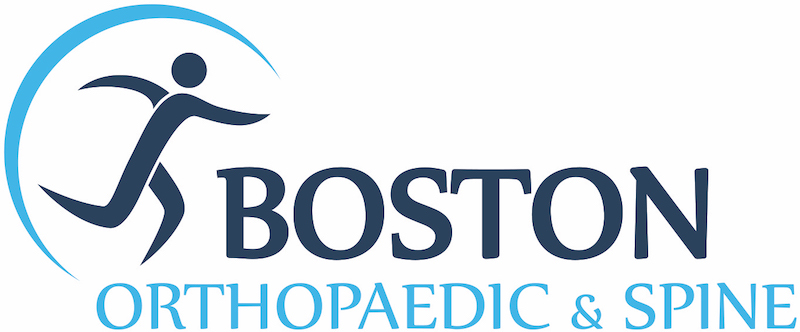Understanding Cortisone Injections
Cortisone, a synthetic steroid, works by reducing inflammation and suppressing the immune system. While it can provide immediate relief for conditions like arthritis, tendinitis, and bursitis, its prolonged use can lead to side effects such as:
- Tissue thinning: This can weaken tissues, making them more susceptible to injury.
- Increased risk of infection: Cortisone can suppress the immune system, making individuals more vulnerable to infections.
- Bone loss: Long-term use may contribute to osteoporosis, particularly in older patients.
- Delayed healing: Cortisone can interfere with the body’s natural healing process.

The Rise of PRP Therapy
PRP therapy has emerged as a promising alternative to cortisone injections. This innovative treatment involves harvesting a patient’s blood, separating the platelets, and injecting the concentrated platelet-rich plasma into the injured area. Platelets contain growth factors that promote tissue repair and regeneration.
How PRP Therapy Works
The growth factors released by platelets in PRP therapy play a crucial role in the healing process:
- Inflammation reduction: PRP can help reduce inflammation; prolonged inflammation can cause tendon and intra-articular joint degeneration.
- Tissue repair: The growth factors stimulate the growth of new blood vessels and connective tissue, promoting tissue repair.
- Pain relief: By promoting healing and reducing inflammation, PRP can help alleviate pain.
Benefits of PRP Therapy
Compared to cortisone injections, PRP therapy offers several advantages:
- Reduced risk of side effects: PRP is derived from the patient’s own blood, minimizing the risk of allergic reactions or other adverse effects.
- Long-term benefits: PRP can promote long-term tissue healing and regeneration, potentially leading to more lasting pain relief.
- Natural approach: PRP therapy is considered a more natural approach to treatment, as it leverages the body’s own healing mechanisms.
- Versatility: PRP can be used to treat a wide range of orthopedic conditions, including arthritis, tendinitis, and ligament injuries.
Walk away from joint pain.
Choosing Between Cortisone and PRP
The decision to use cortisone or PRP depends on various factors, including:
- The nature of the condition: Some conditions may respond better to one treatment.
- The patient’s overall health: Certain medical conditions may make one treatment more suitable than the other.
- The patient’s preferences: Patients may have personal preferences for one treatment.
It’s important to note that cortisone and PRP are not mutually exclusive. In some cases, they can be used together to provide optimal results. For example, cortisone may be used to manage an acute flare of a condition, followed by PRP therapy to promote long-term healing.
The Role of Your Orthopedic Specialist
An orthopedic specialist at Boston Orthopaedic & Spine can evaluate your condition and recommend the most appropriate treatment, considering the severity of symptoms, medical history, and personal preferences. Both cortisone and PRP have valuable roles in orthopedic treatment. Cortisone offers rapid relief from pain and inflammation, while PRP promotes long-term tissue healing. By understanding the benefits and limitations of each treatment, you can work with your orthopedic specialist to develop a personalized treatment plan that addresses your specific needs.

